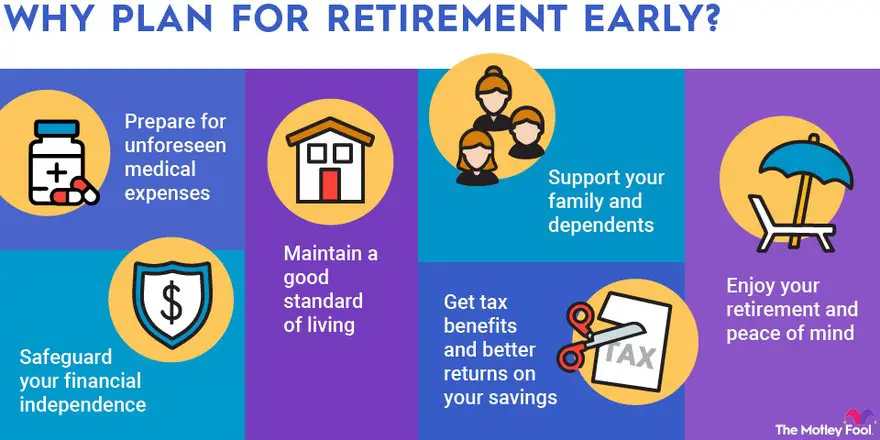Microfinance is a powerful tool that has the potential to transform the lives of individuals and communities. By providing financial services to those who are traditionally excluded from the formal banking sector, microfinance enables individuals to pursue their dreams and ambitions. But what exactly is microfinance and how does it impact society? In this article, we will delve into the world of microfinance, exploring its definition, purpose, and the profound effects it has on poverty alleviation, economic development, and women empowerment. So, if you’ve ever wondered what is microfinance and its impact, look no further! Let’s dive right in.
What is Microfinance and Its Impact
Introduction to Microfinance
Microfinance is a financial service that aims to provide access to credit and other financial services to individuals and businesses who lack access to traditional banking services. It originated as a poverty alleviation strategy and has since evolved into a powerful tool for economic development. This form of financial inclusion has gained significant attention and popularity due to its positive impact on low-income individuals, especially in developing countries.
The concept of microfinance emerged in the 1970s when economist Muhammad Yunus pioneered the idea of providing small loans to the poor in Bangladesh. His efforts led to the formation of Grameen Bank, which became the first microfinance institution (MFI) and paved the way for the industry’s growth globally.
Microfinance institutions primarily serve those who are unable to access traditional banking services due to factors such as low income, lack of collateral, or absence of credit history. By offering a range of financial products and services, microfinance helps empower individuals, particularly women, to engage in entrepreneurial activities and improve their livelihoods.
The Impact of Microfinance
Microfinance plays a crucial role in poverty reduction and economic development. Its impact extends beyond providing access to financial services and encompasses various social, economic, and empowerment aspects. Let’s explore the key impacts of microfinance in detail:
1. Poverty Alleviation
Microfinance has been proven to be an effective tool for poverty alleviation. By providing small loans to the poor, microfinance institutions help individuals start or expand their businesses, resulting in increased income levels. This improved financial stability allows borrowers to meet their basic needs such as food, healthcare, and education.
Studies have shown that access to microfinance can lead to a decrease in poverty rates, as it enables individuals to build productive assets, generate employment opportunities, and break the cycle of poverty. As a result, borrowers can improve their standard of living and create a path towards financial independence.
2. Women Empowerment
Microfinance has a transformative effect on women’s economic empowerment, as it addresses gender inequalities prevalent in many societies. Women, especially in developing countries, often face limited access to financial resources and opportunities. Microfinance programs actively target women and provide them with the means to start small businesses and gain economic independence.
Empowering women through microfinance not only boosts their income and economic status but also contributes to their overall societal empowerment. Women who participate in microfinance programs often experience increased decision-making power within their households, better access to education and healthcare, and enhanced social and political participation.
3. Entrepreneurship and Job Creation
Microfinance encourages entrepreneurship and fosters the creation of small businesses, leading to job opportunities within communities. Access to credit allows individuals to invest in income-generating activities and expand existing enterprises. This stimulates local economies, reduces unemployment rates, and enhances economic growth.
Microfinance also promotes the development of innovative business ideas and entrepreneurial spirit among borrowers. By providing individuals with the necessary resources and support, microfinance institutions enable aspiring entrepreneurs to turn their ideas into successful ventures, thereby contributing to the overall economic landscape.
4. Financial Inclusion and Economic Stability
One of the primary objectives of microfinance is to promote financial inclusion. By extending financial services to marginalized populations, microfinance institutions bridge the gap between the unbanked and the formal financial system. This inclusion creates opportunities for individuals to save, build assets, and access insurance, thereby fostering economic stability.
Access to microfinance also helps individuals and communities manage financial shocks and cope with unexpected expenses. By offering savings accounts and microinsurance products, microfinance institutions enable clients to safeguard against risks and develop a safety net for the future.
5. Social Impact and Community Development
Microfinance initiatives often prioritize social impact alongside financial goals. Microfinance institutions recognize the importance of addressing social issues such as education, healthcare, and environmental sustainability within the communities they serve.
Many MFIs incorporate social programs into their operations, providing financial literacy training, promoting education, and supporting health initiatives. These initiatives contribute to overall community development, empowering individuals to lead healthier and more fulfilling lives.
In conclusion, microfinance has a profound impact on individuals, communities, and economies worldwide. Beyond mere financial services, microfinance plays a pivotal role in poverty alleviation, women empowerment, entrepreneurship, financial inclusion, and community development. Its ability to unlock economic opportunities and create positive social change makes microfinance a powerful tool in the fight against poverty and inequality.
What is Microfinance and why is it important?
Frequently Asked Questions
Frequently Asked Questions (FAQs)
What is microfinance and how does it impact individuals and communities?
Microfinance refers to the provision of financial products and services, such as small loans, savings, and insurance, to low-income individuals who have limited access to traditional banking services. It aims to empower individuals, particularly women, and help them escape poverty by providing them with opportunities to start or expand their own businesses. The impact of microfinance goes beyond economic benefits; it also contributes to social development, women empowerment, and poverty alleviation.
Who can benefit from microfinance?
Microfinance is designed to cater to individuals who are excluded from formal financial institutions due to their low income, lack of collateral or credit history. It primarily targets low-income entrepreneurs, small-scale farmers, artisans, and other self-employed individuals who need access to credit or other financial services to improve their livelihoods.
How does microfinance differ from traditional banking?
Microfinance differs from traditional banking in several ways. While traditional banks focus on larger sums of money and require collateral and a formal credit history, microfinance institutions provide smaller loans without collateral requirements. Microfinance institutions also emphasize building personal relationships with borrowers, offering financial literacy training, and understanding the unique needs of underserved communities.
Why is microfinance important for poverty reduction?
Microfinance plays a crucial role in poverty reduction by offering financial resources to individuals and communities who are typically excluded from formal financial systems. By providing access to capital, savings, and insurance, microfinance empowers individuals to generate sustainable income, invest in education and healthcare, and create employment opportunities, ultimately breaking the cycle of poverty.
What are the benefits of microfinance for women?
Microfinance has proven to have a significant positive impact on women. It provides them with financial independence, increases their decision-making power, and enhances their social status within their families and communities. Women are more likely to invest in the well-being of their families when given access to microfinance, leading to improvements in education, health, and overall quality of life.
Are there any risks associated with microfinance?
Like any financial service, microfinance carries certain risks. One of the primary risks is over-indebtedness, where borrowers take on more debt than they can repay. This can lead to a cycle of unsustainable debt and financial instability. However, responsible microfinance institutions mitigate these risks through proper client assessment, financial education, and transparent lending practices.
How can microfinance contribute to economic development?
Microfinance has the potential to contribute to economic development in several ways. By providing financial services to small-scale entrepreneurs, it promotes business growth and job creation. Additionally, increased financial inclusion can stimulate economic activity, foster innovation, and create a more inclusive and resilient economy.
What is the role of microfinance institutions in society?
Microfinance institutions play a vital role in society by addressing financial exclusion, promoting social and economic development, and empowering marginalized individuals and communities. They not only provide access to financial services but also prioritize financial education, mentorship, and capacity building to help clients achieve long-term financial stability and self-reliance.
Final Thoughts
Microfinance is a powerful tool that aims to alleviate poverty and empower individuals by providing them with financial services. Through small loans, savings accounts, and insurance, microfinance institutions enable marginalized communities to access capital and build sustainable livelihoods. By fostering entrepreneurship and economic growth, microfinance has a significant impact on poverty reduction and women empowerment, as it particularly targets underserved populations, including women and rural communities. Additionally, it promotes financial inclusion, enhancing financial literacy and helping individuals become financially independent. With its ability to bridge the gap between the formal financial sector and the unbanked, microfinance is a vital instrument for social and economic development.



